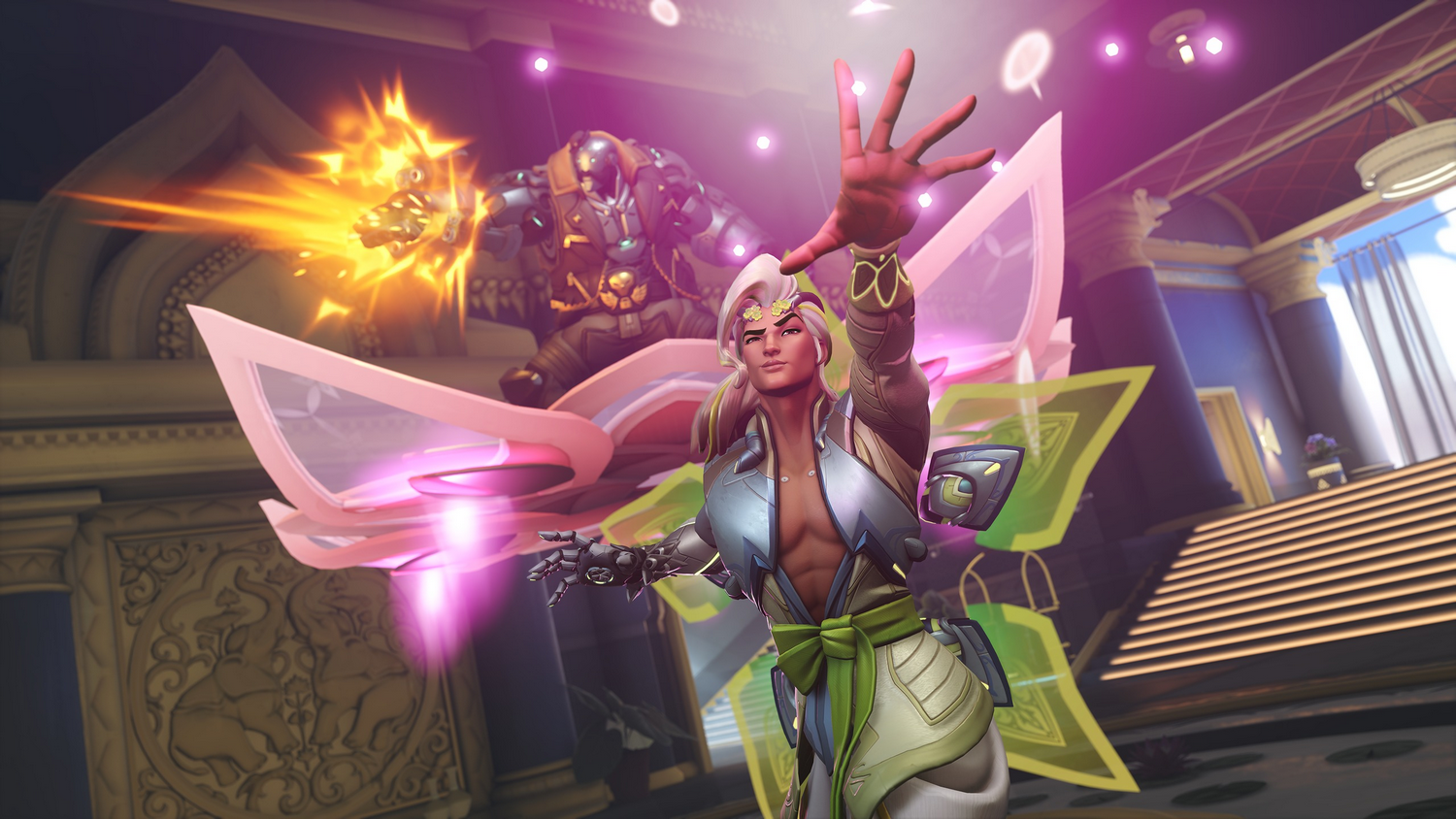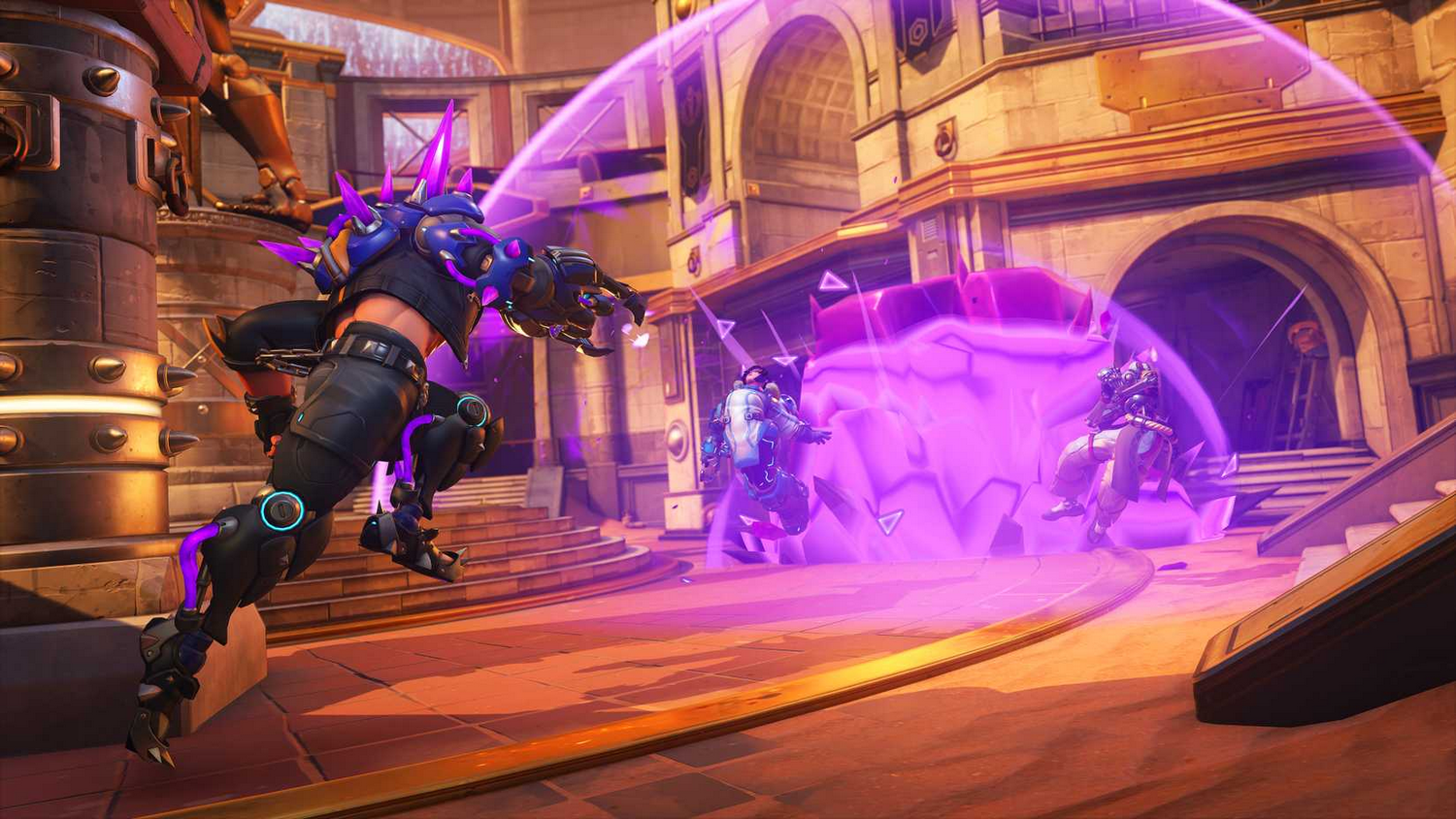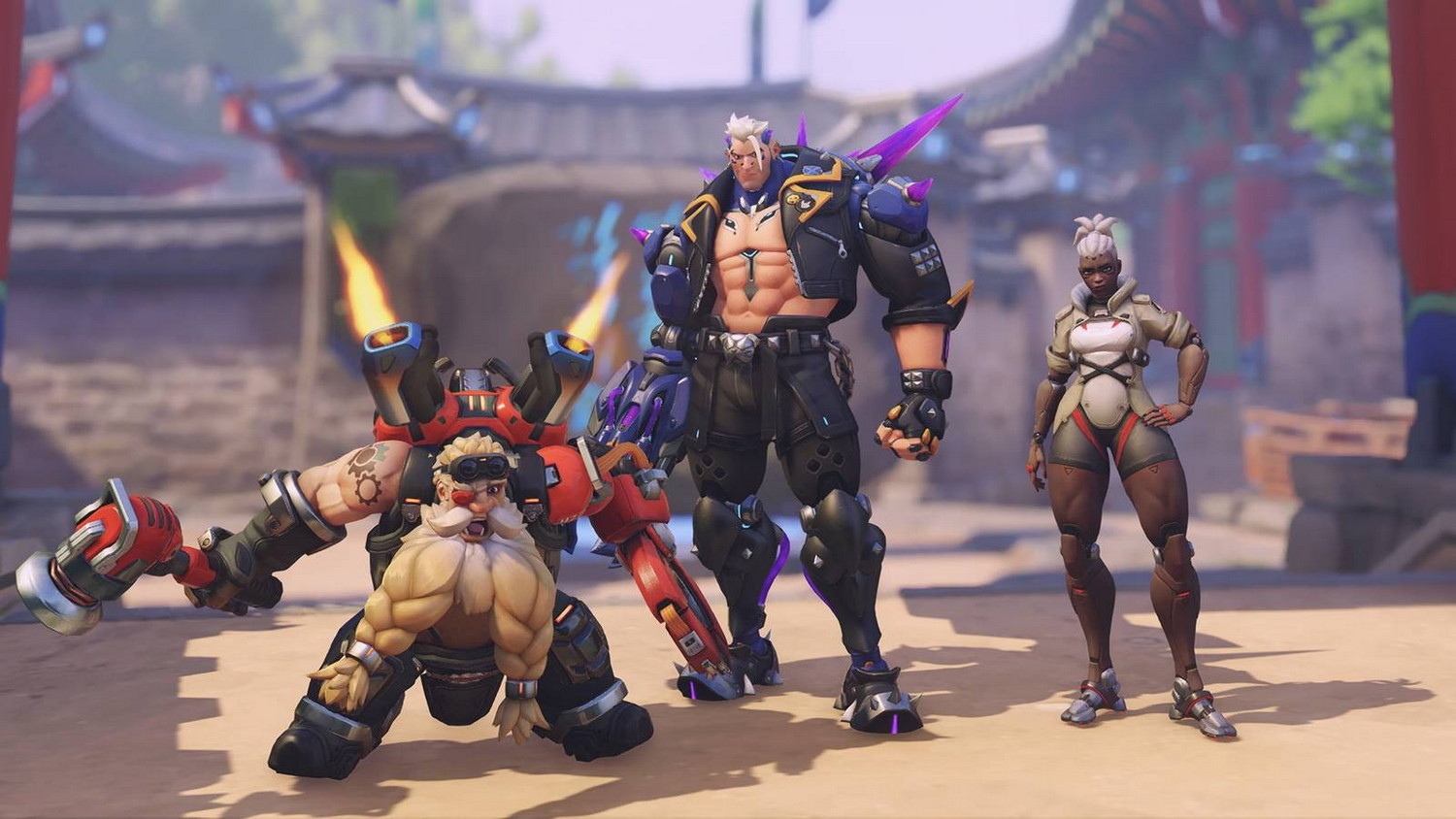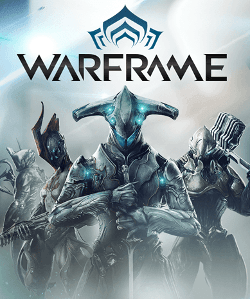Blizzard Reverses Course: Competitive Stadium Returns to Best-of-Seven Format Following Player Backlash
Popular Now
 Garena Free Fire: Kalahari
Garena Free Fire: Kalahari
 God of War Ragnarök
God of War Ragnarök
 Valorant
Valorant
 Auto X Drift Racing 3
Auto X Drift Racing 3
 Fortnite
Fortnite
 The Legend of Zelda
The Legend of Zelda
 Rust
Rust
 Stumble Guys
Stumble Guys
 Poppy Playtime
Poppy Playtime
 Candy Crush Saga
Candy Crush Saga 
In a significant and rapid response to overwhelming community feedback, the Overwatch 2 development team has announced a crucial reversal concerning the Competitive Stadium mode. The controversial switch to a Best-of-Five (Bo5) match format, implemented at the launch of Season 19: Haunted Masquerade on October 14, 2025, is being rolled back. Effective immediately with a new emergency hotfix, Competitive Stadium matches will revert to the original, more strategically demanding Best-of-Seven (Bo7) format.
The decision underscores the immense influence of the high-engagement and competitive player base within the Overwatch 2 ecosystem. For a game mode that relies on deep strategic gameplay and build optimization, the shortening of the match duration proved to be a detrimental adjustment, leading to widespread discontent among players and esports analysts alike. This immediate reversal demonstrates Blizzard’s commitment to listening to the community, particularly in the nascent stages of its innovative hero-shooter sub-mode.
📉 The Season 19 Bo5 Experiment and Its Failure
The introduction of Season 19 was highly anticipated, bringing new features like the game-changing Stadium Gadgets, an Armory upgrade, and the addition of heroes like Torbjörn and Sojourn to the mode. However, one specific change to the Competitive playlist of the mode overshadowed these additions: the reduction of matches from Best-of-Seven to Best-of-Five rounds. The rationale, as explained by Game Director Aaron Keller, was to shorten match length while preserving the mode’s core strategic depth.
The competitive community was quick to identify the flaws in this logic. In Stadium, the game mode is structured around players incrementally gaining resources and powering up heroes via Perks and Items across multiple rounds. The longer Bo7 format provided:
- Crucial Time for Adaptation: It allowed teams to analyze their opponents’ unique builds, perk synergies, and Gadget usage, then make calculated adjustments to their own loadouts—a key element of the mode’s strategic appeal.
- The ‘Scale Factor’: Bo7 ensured that players who built towards powerful late-game setups, requiring more in-game currency and rounds to fully activate, had the necessary time to reach their peak potential and execute their strategy.
- Epic Comebacks: The longer format facilitated the dramatic, high-stakes reverse-sweep victories that became a beloved feature of the mode’s competitive integrity and viewing experience.
 The shift to Bo5 dramatically reduced this strategic depth, leading to what many players described as a “steamroll” effect where early-round advantages became almost insurmountable. Posts across social media and the official Blizzard forums, often tagged with high CPC keywords like “Competitive Overwatch Stadium Balance” and “Overwatch 2 Match Duration Fix,” quickly voiced the sentiment that the new format had stripped the mode of its unique identity, turning it into “fast-paced junk food” rather than a strategic meal.
The shift to Bo5 dramatically reduced this strategic depth, leading to what many players described as a “steamroll” effect where early-round advantages became almost insurmountable. Posts across social media and the official Blizzard forums, often tagged with high CPC keywords like “Competitive Overwatch Stadium Balance” and “Overwatch 2 Match Duration Fix,” quickly voiced the sentiment that the new format had stripped the mode of its unique identity, turning it into “fast-paced junk food” rather than a strategic meal.
👂 Developer Communication and the Swift Hotfix
The urgency of the player feedback was undeniable. Within days of the Season 19 launch, player-driven polls and gaming news outlets highlighted the Bo5 change as the single most unpopular aspect of the update. Blizzard’s response was refreshingly swift, marking a positive example of live service game development listening directly to its dedicated player base.
In a detailed post on the official developer blog, Blizzard acknowledged the community’s concerns. They stated that while the goal was to improve match flow, the Bo5 format inadvertently curtailed the mode’s defining strategic characteristics. The developers noted:
“Our data confirmed what the community was telling us: the reduced round count limited the opportunity for teams to engage in meaningful mid-match strategic adjustments. The feeling of reaching a fully realized ‘Legendary’ power build was too often unattainable, particularly in matches that featured an early lead. We agree that the Best-of-Seven structure is superior for maintaining the deep, tactical experience that our competitive community values. We are committed to fostering a challenging and rewarding high-skill cap environment.”
The hotfix patch, deploying on October 30, 2025, reinstates the Best-of-Seven format, which is expected to immediately stabilize the Competitive Stadium ladder and revive the strategic complexity that veterans of the mode demand. This decisive action is projected to boost player satisfaction and time spent in the mode, which are critical key performance indicators (KPIs) for the long-term health of Overwatch 2.
🛠️ The Broader Stadium Landscape in Season 19
Despite the Bo5 misstep, Season 19 has introduced several other impactful changes, which the Bo7 reversal will now allow the community to fully appreciate. The new Stadium Gadgets—powerful, one-time-use items like the ‘Colossus Core’ and ‘Kitsune Charm’—add a new layer of clutch decision-making to the final rounds of a game. A longer match duration will now give players more opportunities to strategically deploy these new tools.
 Furthermore, the developers continue to fine-tune the extensive Perk system for all heroes in the mode, responding to balance spikes like the initial overperformance of the newly added Hazard and the debated Reaper Wraith Renewal adjustments. The return to Bo7 ensures that these intricate hero balance updates can be properly tested and analyzed over the course of longer, more representative competitive matches.
Furthermore, the developers continue to fine-tune the extensive Perk system for all heroes in the mode, responding to balance spikes like the initial overperformance of the newly added Hazard and the debated Reaper Wraith Renewal adjustments. The return to Bo7 ensures that these intricate hero balance updates can be properly tested and analyzed over the course of longer, more representative competitive matches.
The overall message from this incident is clear: for competitive gaming sub-modes like Stadium, which diverge significantly from the core 5v5 FPS gameplay of Overwatch 2, major structural changes must be implemented with extreme caution and with a close eye on community response. The value of a longer, more strategic match—which generates more high-quality content and deeper engagement—ultimately outweighs the pursuit of quicker queue times or shorter individual sessions for the hardcore competitive gaming audience.









